The most famous artist in Norwegian history created one of the most iconic paintings in the world of art known as “The Scream.” This painting defines an art movement that emerged in the early 20th century and the life of the artist who created it as well.
Let’s take a closer look at some of the most interesting facts about Edvard Munch, the leading Expressionist artist who was a master of depicting his troubled mental state in his Expressionist artworks.
1. He was born in a small village in southern Norway
Edvard Munch was born on December 12, 1863, in a small village called “Adalsbruk” in Innlandet county in the southern part of Norway. His father was named Christian and his mother, Laura, was about half his age.
His mother had both an artistic talent and a mental condition, two things he inherited from her. He was also a distant relative of a Norwegian painter named Jacob Munch (1776-1839) who was once a student of the most renowned Neoclassical artist at the time, Jacques-Louis David (1748-1825).
Although he was considered to be a good father, Christian was so devoutly religious that it completely overshadowed his positive character traits. Munch later claimed that he inherited this sense of madness from his father.
Edvard’s mother died at a young age in the year 1868 from Tuberculosis. He was withdrawn as a child and often spent time at home drawing due to frequent illness during the cold Norwegian winters.
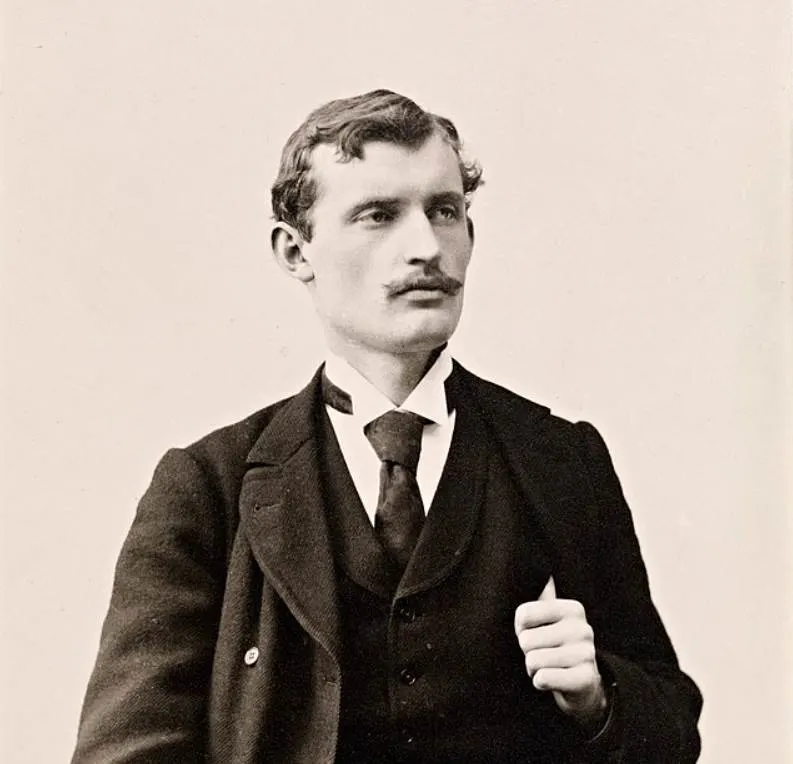
2. He learned his color techniques during his stay in Paris
Although he had an artistic talent from a young age, he pursued studies in engineering. He was extremely intelligent and was especially talented in the fields of physics, chemistry, and mathematics.
His father wasn’t able to swallow the decision of the young Edvard to pursue a career in art as he didn’t consider it to be a real profession. Just a year after starting his engineering studies he dropped out and enrolled at the Royal School of Art and Design of Kristiania (Oslo) in 1881.
When he learned everything he could in Oslo he moved to Paris in the late 1880s, just in time to witness the Exposition Universelle of 1889. Yes, this was the event for which the Eiffel Tower was built.

He didn’t care much for this engineering marvel of the 19th century and instead became inspired by the works of 3 particular Post-Impressionist artists, Paul Gauguin, Vincent van Gogh, and Henri de Toulouse-Lautrec. He carefully studied their use of color and integrated it into his art.
3. He developed his own style of painting during the 1880s
One of the most remarkable facts about Edvard Munch is that he was initially heavily influenced by Impressionist artists, especially Édouard Manet. Some of his early work clearly shows Manet’s influence on the young artist.
He gradually moved away from the ideals of Impressionism and developed a style that allowed him to express his emotions, the predecessor of the Expressionist art movement.
The first painting that can be qualified as such as ‘The Sick Child” (1886) which he called an ode to his deceased sister. He not only qualified it as a move away from Impressionism but also as a “painting directly from the soul.”
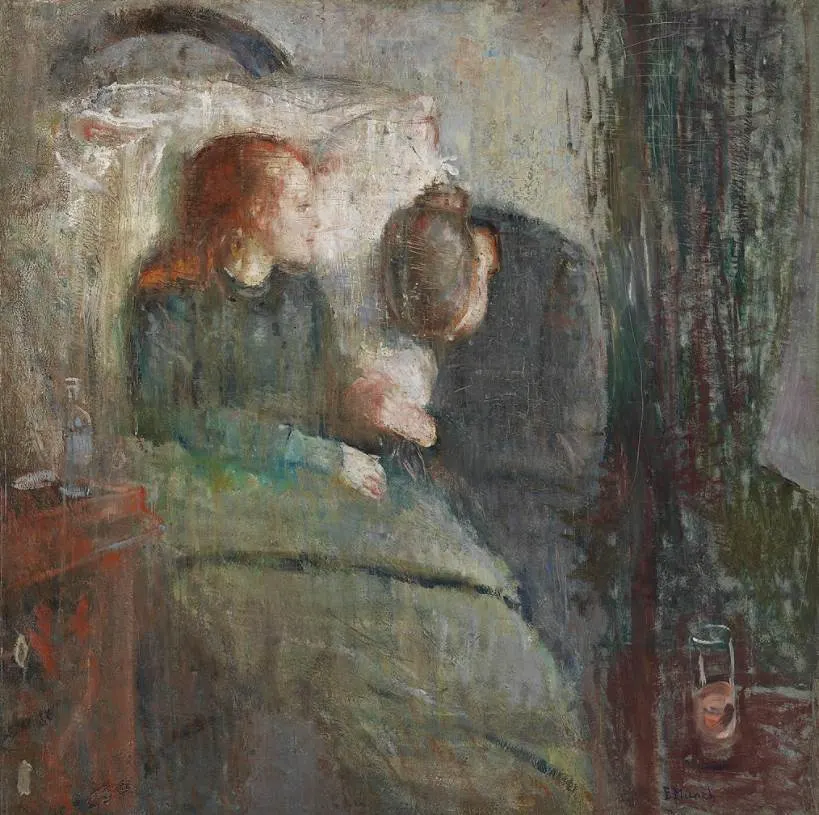
4. He created 4 versions of his most famous painting
Edvard Munch not only created one of the most iconic paintings in the history of art, but he created 4 versions of it. He created 2 paintings of “The Scream” and two pastels of this work as well.
The two pastels date back to 1893 and 1895 and the two paintings to 1893 and 1910. He also created several lithographs of this work.
Both paintings have been stolen, one from the National Gallery of Norway in 1994 and the other from the Munch Museum in 2004. Both paintings were recovered with limited damage.
To emphasize the importance of these works in the world of art, the 195 pastel version was sold in an open auction for US$119,922,500 on May 2, 2012, an incredible sum of money for a pastel.
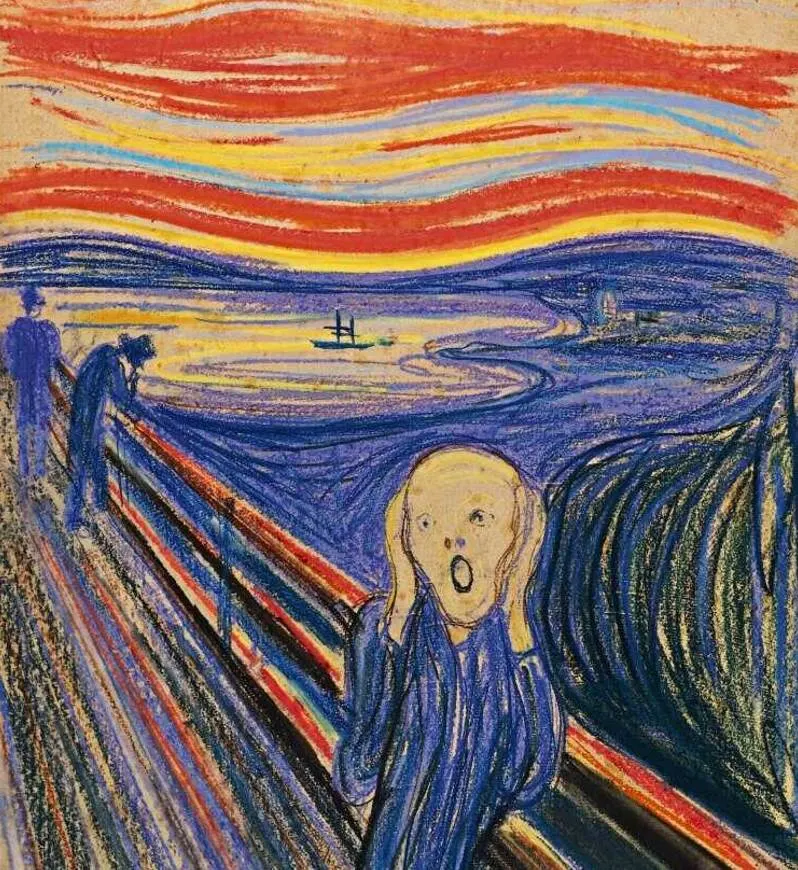
5. His paintings started to receive understanding during the 1890s
Moving away from Impressionism eventually turned out to be a great move as he could integrate the raw emotions that troubled him throughout his life in his artworks.
This notion, however, wasn’t instantly recognized and he was met with a lot of criticism during the early phase of his career. An exhibit in Berlin in 1892 was even dubbed “The Munch Affair,” not a positive note.
Regardless of this, around the time that he created the world-famous Scream he also gradually started gaining recognition, especially in Krisitiania during the final years of the 19th century. One critic wrote about his works:
A fair number of these pictures have been exhibited before. In my opinion, these improve on acquaintance.
6. He suffered from a severe mental breakdown in the early 20th century
His final breakthrough came in Berlin in the year 1902 when his works were welcomed with great enthusiasm and positive reviews during an exhibition at the hall of the Berlin Secession.
Because of this success, he managed to acquire commissions from some of the most renowned art collectors in Berlin, including Albert Kollman and Max Linde. He wrote about this turn of events:
After twenty years of struggle and misery, forces of good finally come to my aid in Germany and a bright door opens up for me.
This success came at a big prize, though, because he started drinking heavily and was often found brawling at bars. This eventually resulted in a complete mental breakdown in the Autumn of 1908.
He went back to Norway in 1909 and after a brief stay in a mental hospital where he received special treatment, he changed his life. This change is reflected in the brightness of colors and the less pessimistic subject matter of his artwork from that point forward.
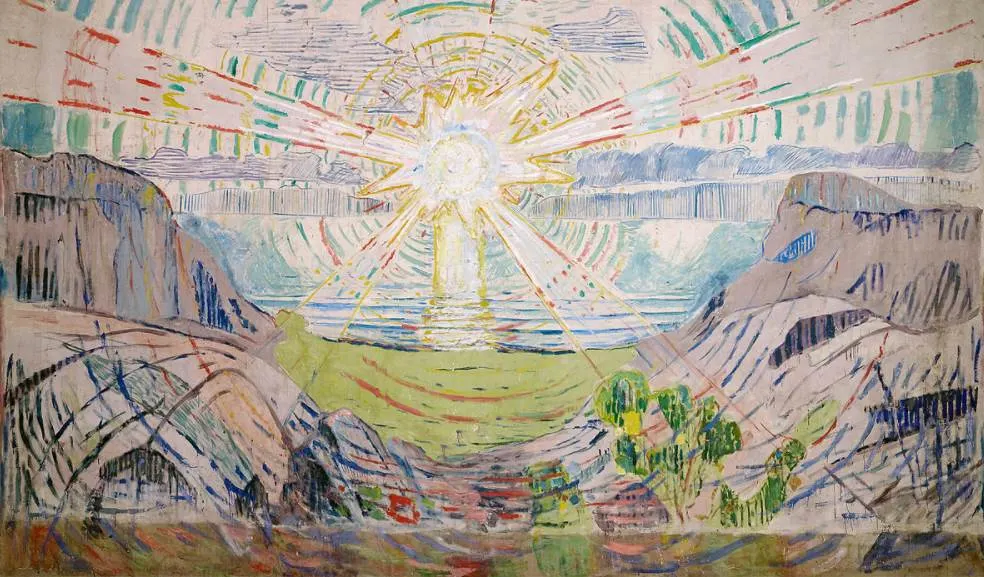
7. He probably inspired a group of French artists in Paris
At the height of his career shortly before his mental breakdown, his works were most probably seen by a group of French artists who referred to himself as the “Fauves” or “Wild Beasts.”
The pioneers of the Fauvists artists were Henri Matisse (1869-1954) and André Derain (1880-1954) and the use of false colors by the Fauvists was probably inspired by the works of Edvard Munch.
8. The art of Munch was considered to be “degenerate” by the nazis
Edvard Munch spent the final decades of his life in his residence in Ekely in the Skøyen neighborhood of Oslo. Apart from enjoying himself painting nude female models who came in droves to his estate, he also completed several commissions for buildings in Oslo.
During the 1930s, the Nazis came to power and all of his works that hung in German museums were classified as “degenerate” by these evil forces and removed from all museum walls.
When the Nazis invaded Norway in 1940, Munch was able to hide a large collection of his works, including “The Scream,” in his house to avoid confiscation.
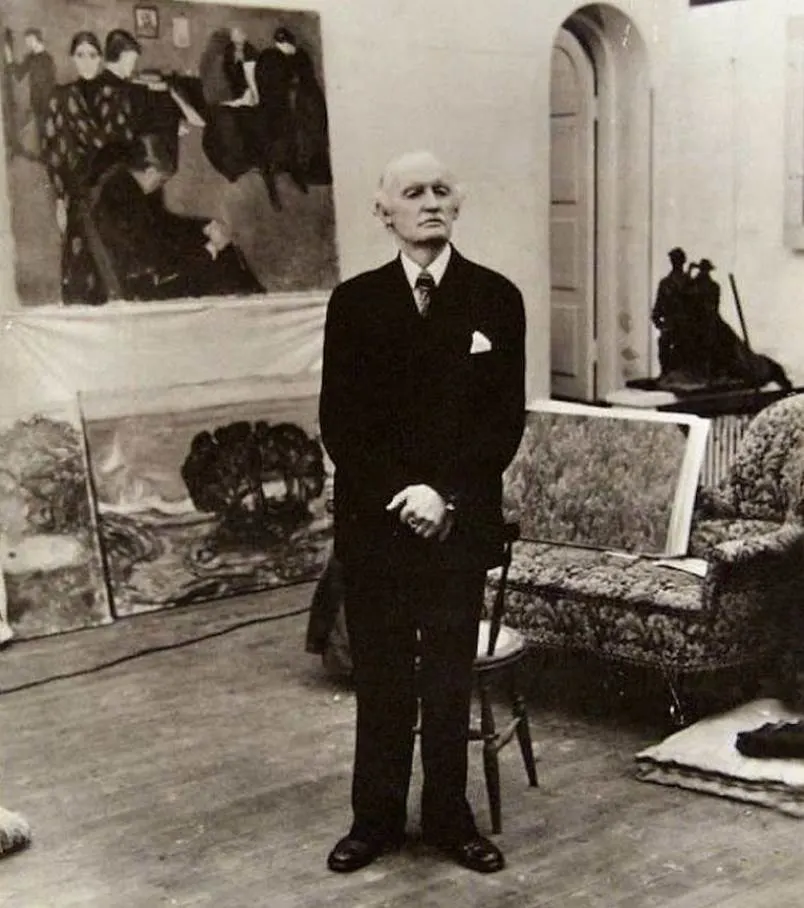
9. His art decorates both the University of Oslo and the city hall
The artworks of Edvard Munch were highly appreciated in his native Norway and many of these are still decorating famous buildings in Oslo, the capital of the country.
Some of the most prominent examples are the massive paintings that decorate the University of Oslo Aula. These are called “History” (left), “The Sun” (front), and “Alma Mater” (right).
The Aula also features several smaller paintings in the corner, covering a total area of 223 square meters (2,400 square feet).

He also has his very own “Munch Room” at the Oslo City Hall which is decorated with his work “Life” (1910).

10. He has a huge museum dedicated to his works in Oslo
While the artworks decoration the Aula and the Oslo City hall are amazing, you can admire a whole lot more paintings by Edvard Munch in the city. That’s because he has a museum dedicated to his artworks in Oslo called the “Munch Museum” or simply “Munch.”
This museum was established in honor of the most famous Norwegian artist in history in 1963. Originally located in the Tøyen neighborhood of Oslo, it has moved to an amazing new building at Bjørvika in October 2021 when it was officially opened by King Harald V.
The collection of the museum features:
- 1,200 paintings
- 18,000 prints
- 6 sculptures
- 500 plates
- 2,240 books
The most famous artworks on display are “The Scream” (1910) and the “Madonna” (1892-1895).

